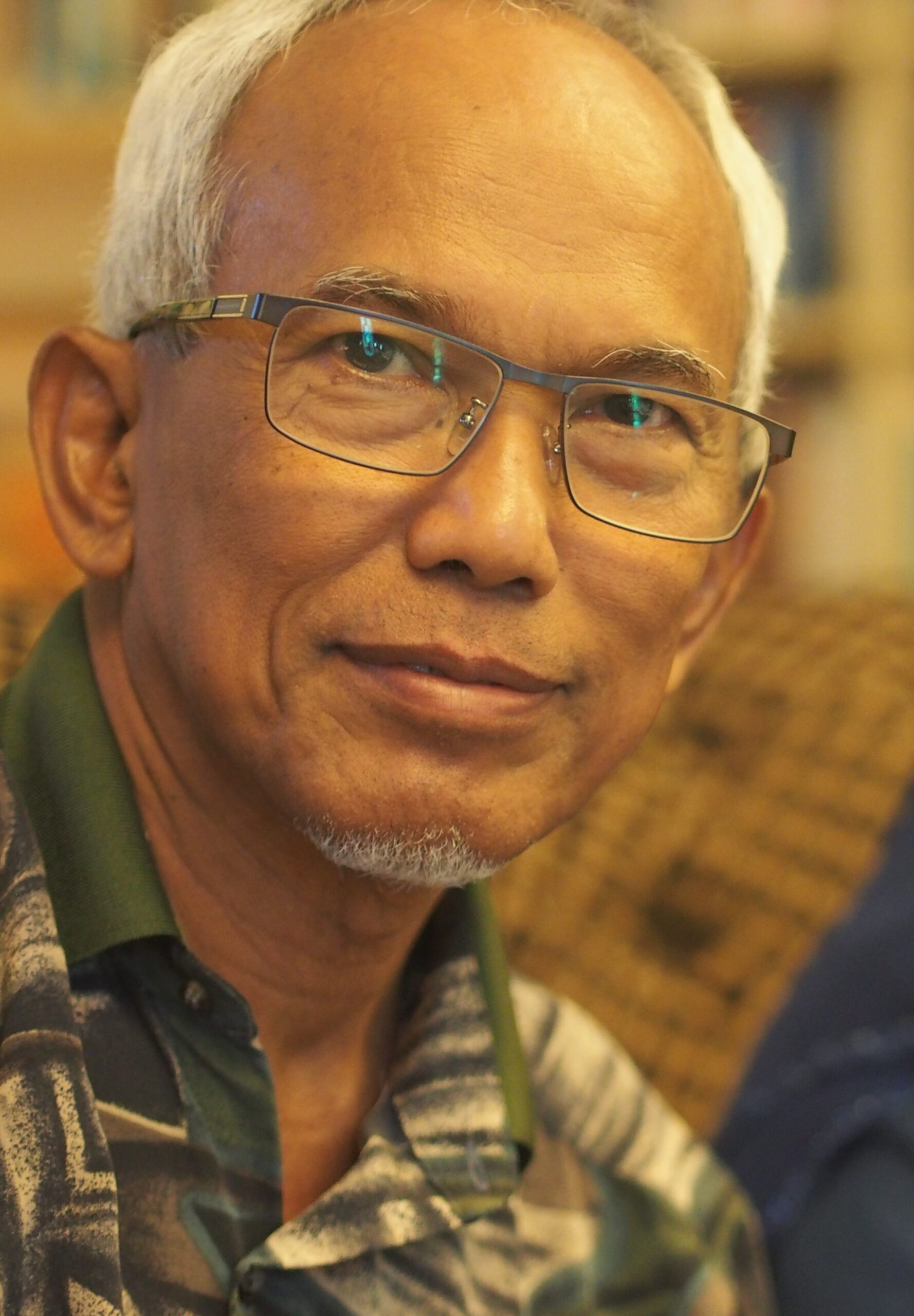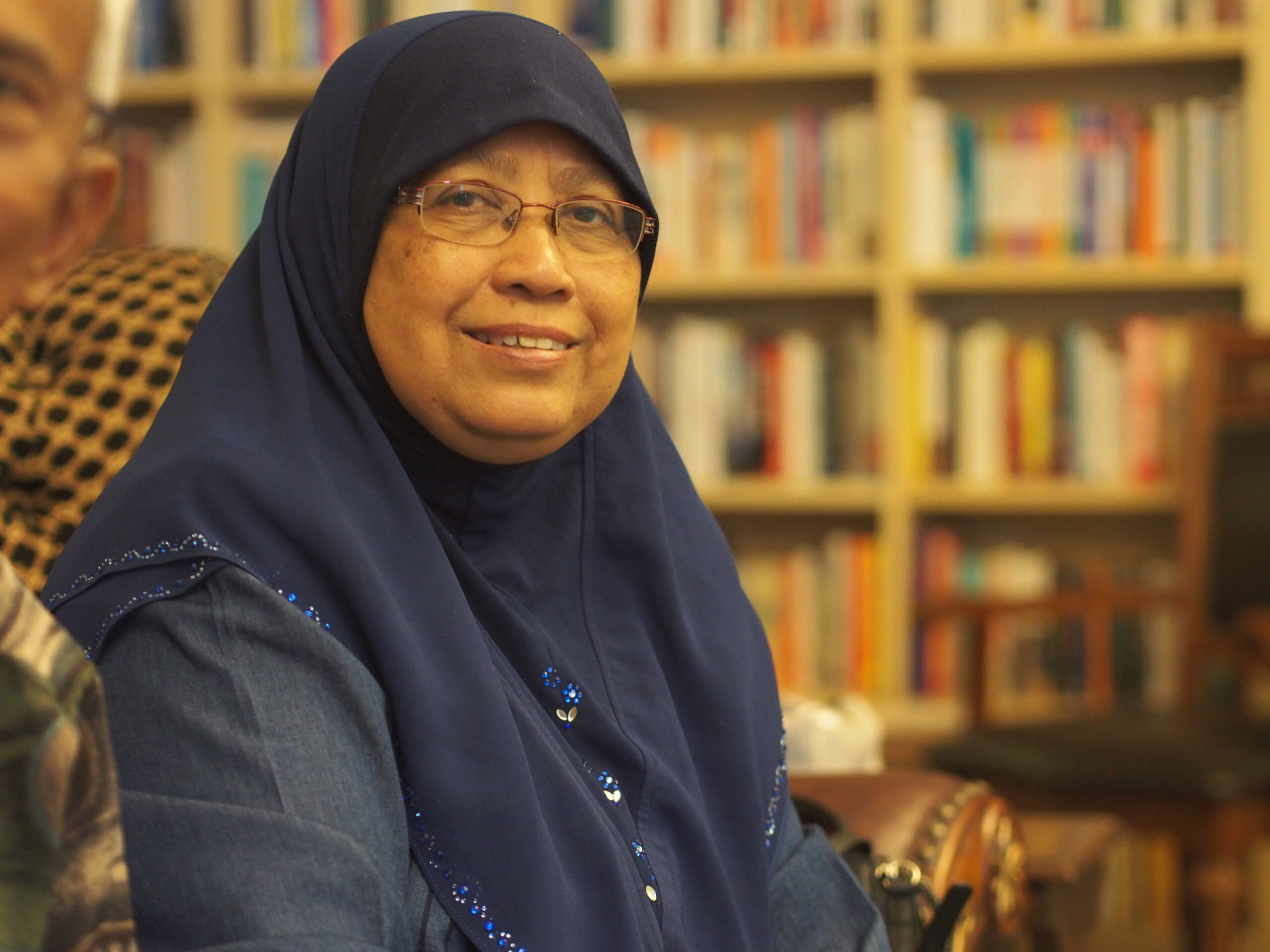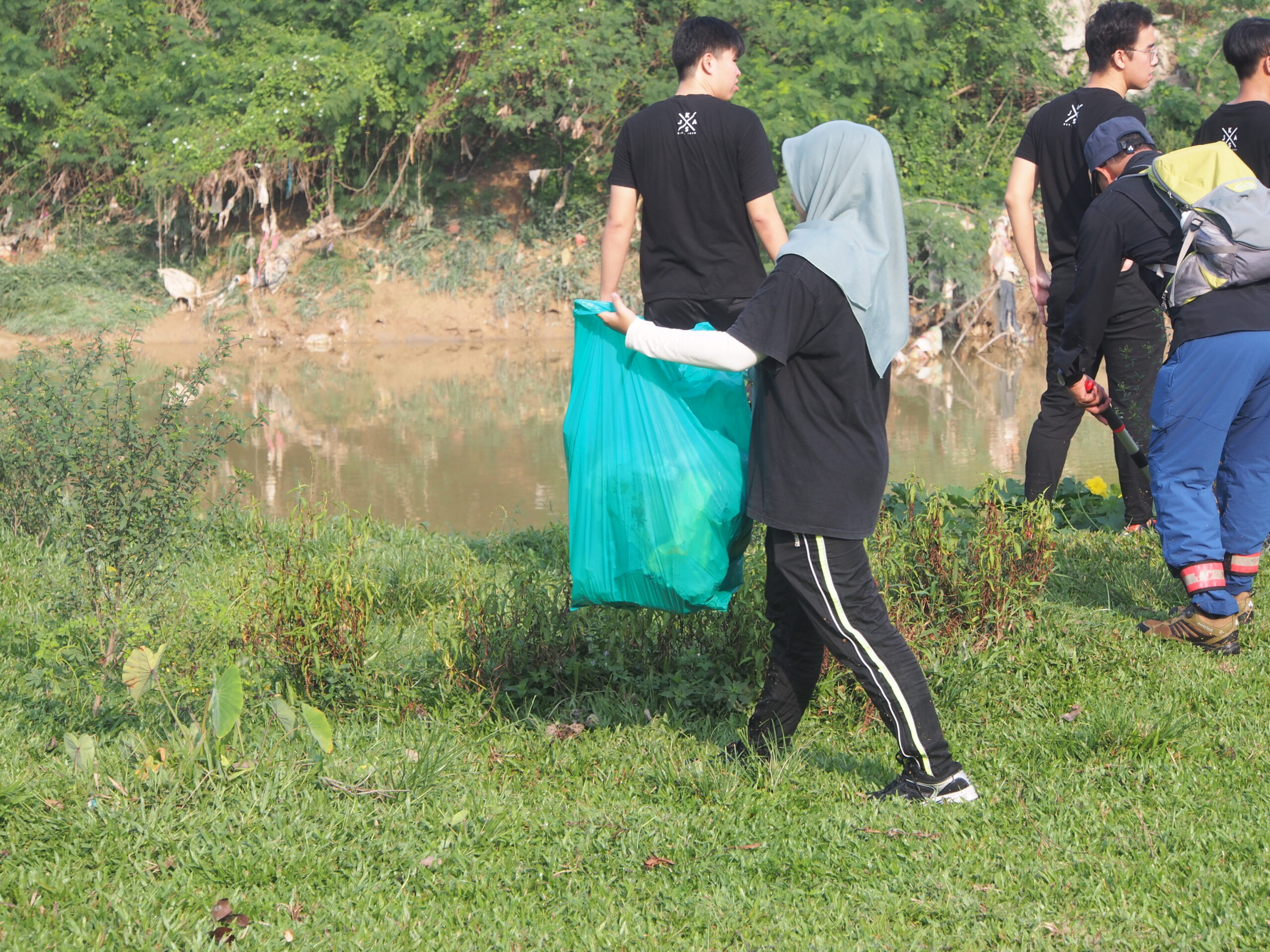One of the elements in MUCED was introducing Malaysian lecturers and students to new teaching methods. This introduction to group work and Problem Based Learning (PBL) had both direct and indirect benefits in the Malaysian higher education system, participants says.
MUCED was focused on designing educational programmes to prepare Malaysian students to future challenges of environmental innovation and management. An analysis of the current education system at the time, revealed that cost-efficient methods to do this would be to optimize teaching methodology, introducing multi-disciplinary curriculums and forming networks to share knowledge.
Malaysia is a former English colony, and it shows in the education system which is similar with the English education system. Teaching in Malaysian universities was (and still is) dominated by classroom lectures, textbooks and narrowly defined disciplines.
Interactive learning methodologies
The academic level of the education in Malaysia was quite high during the 1990’s when compared with countries with similar socio-economic development. However, only a small portion of students continued and enrolled to a postgraduate programme. This was partly because of structural reasons as a high demand of bachelors in the labor market. Another more immediate obstacle was the cost of studies and limited scholarship programmes.
An interactive approach to learning is a combination of theory and project work has proved to be a cost-effective teaching methodology at postgraduate level. So, it was found relevant to work with teaching methodologies as an input to capacity building at Malaysian universities.
Working in groups
One of the simplest initiatives was to have students work in groups. A straightforward initiative, but nevertheless foreign in the Malaysian education system at the time.
“Working in groups were simply something we had never heard of. By working in groups, you prepare people to work life – because in their professional future, they will be working with other people,” says Professor Dr. Zaini Ujang, at the time deputy director, at Institute of Environmental & Water Resource Management, UTM, and coordinator for MUCED at UTM.
In contrary to normal praxis in Denmark, where students form their own groups, the lecturers in Malaysia set up the groups. Given that the students had never practiced how to collaborate when studying, and maybe discover unknown resources in each other.
“The Malaysian education system is biased towards good students. Nobody wants to be associated with a bad group, so people work individually. With the courses we were breaking down these cultures,” Dr. Zaini Ujang explains.
Problem-based learning – the beginning
Around the millennium the teaching model Problem-Based Learning (PBL) had begun to get more attention. The main idea of PBL is that the learning process is generated when looking for solutions to real-world-problems, instead of theoretical problems in the classroom within one discipline. The students need to look at many aspects in society, including economy, biology, engineering, sociology, chemistry etc.
PBL as a method was something that both the universities in Aalborg (AAU) and Roskilde (RUC) had been exploring since the 1970´s. Also, Technical University of Denmark (DTU) had experiences with group work and particular cooperation with companies in need of research assistance. These experiences could be passed on to the involved institutes at Malaysian universities.
However, PBL started in Denmark as a bottom-up pressure. When implemented in Malaysia, it was sometimes perceived as the opposite – a top-down effort. This required enthusiastic local staff, who could advocate for a change in teaching style. And during MUCED there were groups established of very passionate lecturers, who wanted to introduce PBL to their colleagues and at their universities. But even so, engaging both staff and students was difficult.
“We wanted as many lecturers as possible to learn what we had learned. We made courses and we offered training, but lecturers just did not come. It is difficult to change people’s mind when they are used to do things in their own way. It takes a lot of time and effort. But we did start something,” says professor in organic chemistry Dr. Zuriati Zakaria. During MUCED she was the coordinator at UKM.
She is backed up by Professor Dr. Abdul Halim Sulaiman, who was the manager of MUCED. “Every time we had a workshop, we would be open and invite other lecturers. Some people were interested, some were not. PBL is a heavy teaching load compared to traditional teaching. It is very time consuming, and this requires recognition from the top management, who might be concerned with other administrative concern,” he adds.
Long-term effects
When asked about the effect now 20 years later, all Malaysian coordinators of MUCED admits that problem-based learning may not have become as common in Malaysia as hoped for. But it is present. The principles are integrated in the curriculum at some of the faculties in the four universities engaged in MUCED.
At the UTM a Center for Education of Engineers has been established, that focuses on learning and teaching styles in engineering. A driver for this has been Dr. Zaini Ujang, who since then was appointed as Vice Chancellor at UTM. Knowing the benefits of PBL established via MUCED, he engaged Dr. Khairiyah Mohd-Yusof as head of the center, who is world famous for her work on problem-based teaching and learning styles.
Course development and related research
During MUCED 12 teaching modules at master level based on case-studies was developed by local lecturers. Four obligatory and eight optional. The big benefit, except for the students, was that lecturers from different universities was engaged to develop this together.
“At the time there was an understanding that you should not interfere with other people’s work. So just like we wanted to train the students in group dynamics, we had to learn to collaborate instead of competing with our colleagues at other universities,” Dr. Zuriati tells.
Also, the interdisciplinarity was a new aspect. Malaysian education system is (like in most of the world) based on separated pillars of disciplines, and changes to this approach had not yet emerged in the country when MUCED was formed.
“For us it was really strange that DTU, a technical university had people in social science employed. But we were soon able to see the benefits of interdisciplinary approaches,” Dr. Halim notes.
The development of teaching modules helped to push interdisciplinarity into Malaysian higher education, even if just a drop in the ocean to begin with. General economic support to send Malaysian students abroad have slowly started to have an impact in Malaysian education towards more interaction between disciplines.
Real-world problems
One big challenge when doing research is to integrate the findings into the real world. Therefore, students are encouraged to collaborate with organizations and companies and thereby interact with society during the research process.
“When we formed MUCED, the main complaint was that we don’t train undergraduates in dealing with the industry. There was a gab. So, we could see that there should be better contact to the industry. When we did the projects, we realized that the bridging was important. So, whenever we made a curriculum, we invited industry to join and give their input,” Dr. Halim tells. Unengaged industry was and is frustrating to this day.
“There is still too little knowledge. Hardly any industries can, or will, answer questions about the environmental impact of their business. There is a lack of concern for environmental issues. I don’t know how to get through. We make courses, but they do not come. There is concern about the pollution you can see, but not the invisible pollution,” Dr. Zuriati persist.
It is something that is addressed by some faculties. Nowadays both UTM and UM have departments that have integrated obligatory lab-courses in the curriculum. Students have to collaborate with local enterprises to solve some of their real-life challenges. It is accepted that when doing applied sciences, skills in collaboration is a major advantage, for which the universities realizes more and more.
Bring science to the people
“The case-studies also made us aware that it is our duty as scientist to bring science to the people. I was very inspired by the Science-shop at RUC, that assigned students to solve a society problem. We need to engage the communities in order to solve environmental problems,” Dr. Zaini says.
Today he arranges trips for students at UTM to the Langat River bank to pick up the litter that manifest when the water level rises and falls. The students need to be aware of the problematic consequences of industry and consumption, and by informing the people, local communities can put more pressure towards changing into a greener reality.
So, capacity building? Has MUCED’s focus on problem-based learning and interdisciplinarity had a long-term effect? Yes, is the conclusion among the Malaysian coordinators. Maybe not as much as hoped, and maybe not as clear as audits prefer. But, nevertheless…
“Of course, we have seen capacity building. And we still benefit from what we learned so many years earlier. We have come out as experts in this field, and we know each other well. We still have contact with other universities, so we know who to call. It still makes an impact in our own field,” as Dr. Halim puts it.
Berit Viuf is a Danish science journalist; the interviews were conducted during a reporting trip to Malaysia and Thailand
SUPPORT DDRN SCIENCE JOURNALISM. DONATE DKK 20 OR MORE (APPLICABLE IN DENMARK ONLY)
(APPLICABLE IN DENMARK ONLY)




![]()
![]()
Malaysian University Consortium for Environment and Development – Industry & Urban Areas: Universiti Kebangsaan Malaysia (UKM) – The National University of Malaysia, located 35 km south of Kuala Lumpur offered a multidisciplinary postgrade environmental management programme and master degree programmes in environmental management. Universiti Putra Malaysia (UPM) – originally Agricultural University of Malaysia. At the time existing master degree programmes were: Environmental technology management, environmental engineering, water engineering and environmental management. Universiti Teknologi Malaysia (UTM) – originally a technical college, but became a university in 1975 and now the main university for engineering in Malaysia. During MUCED, the university was offering following master degree programmes at four different faculties: environmental engineering, water resources, water pollution management, hydraulic and coastal engineering, and urban planning. |
Spin-off projects In 2002 to 2004 the project continued with funding from the EU. It was still supporting the mentioned activities, but to strengthen the collaboration and the teaching, funds were set aside to develop an e-learning platform. This platform which not only allowed lecturers and students to meet online for internet courses, but was also one of the first platforms for scholars to interact, communicate and share files and papers. The e-learning platform – build on the open source management system Moodle – was a joint development project between the National University of Malaysia and Aalborg University. It is still used at Aalborg and at 90 percent of the Malaysian universities to this day. In 2004 a new programme was created to implement problem-based methodologies in Latin America in Costa Rica, Nicaragua and Mexico, based on the experiences with DUCED. |


